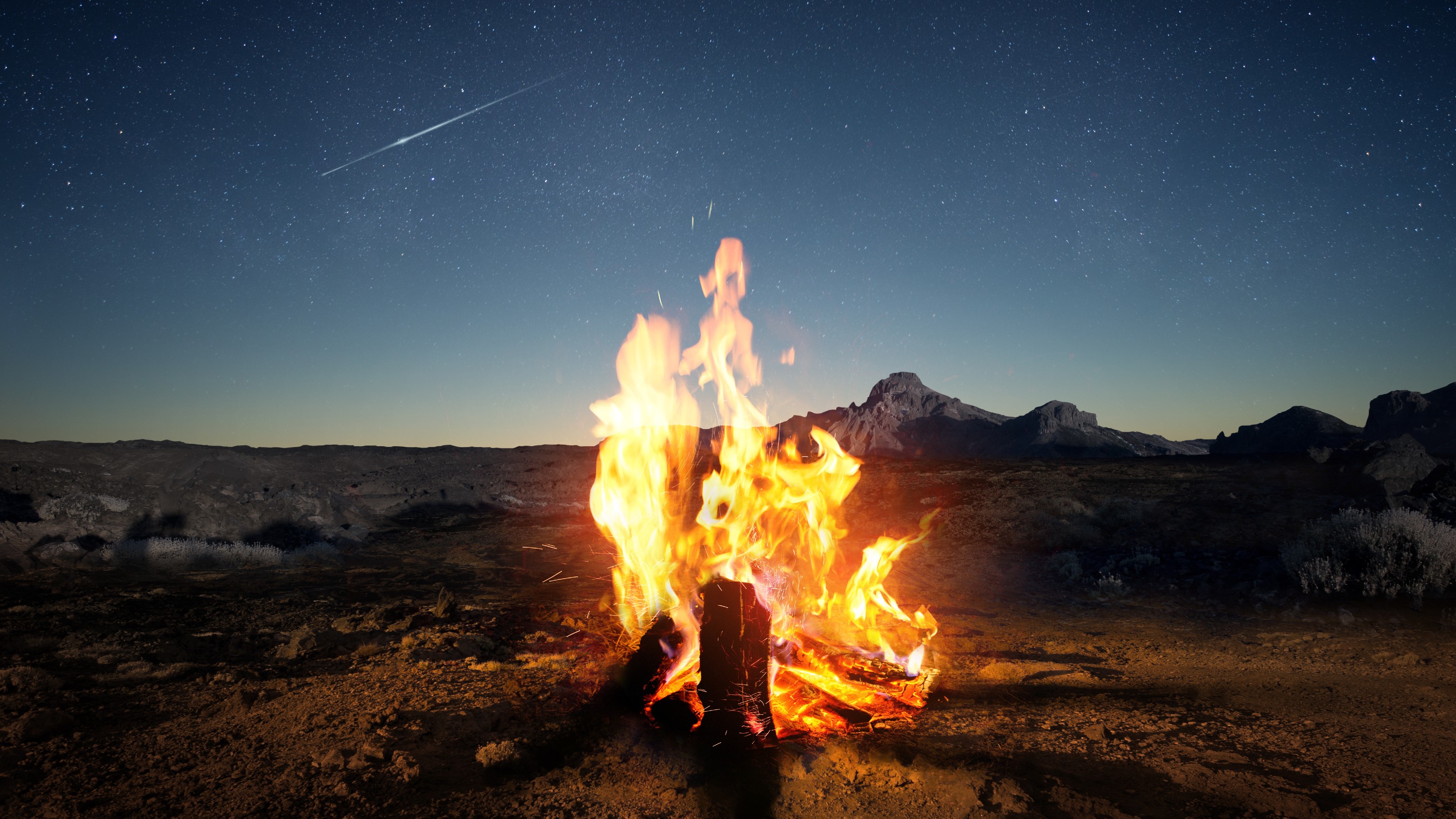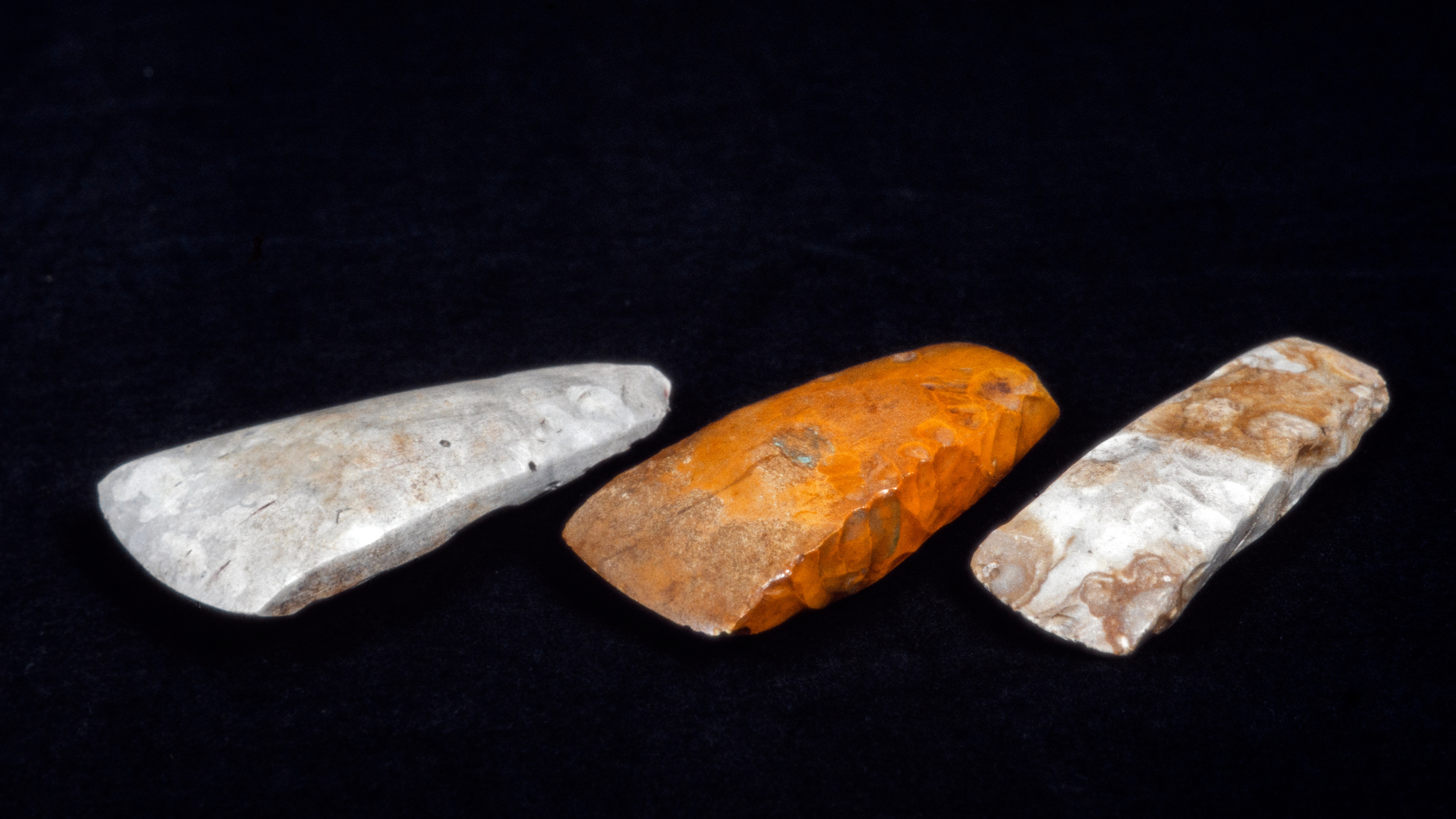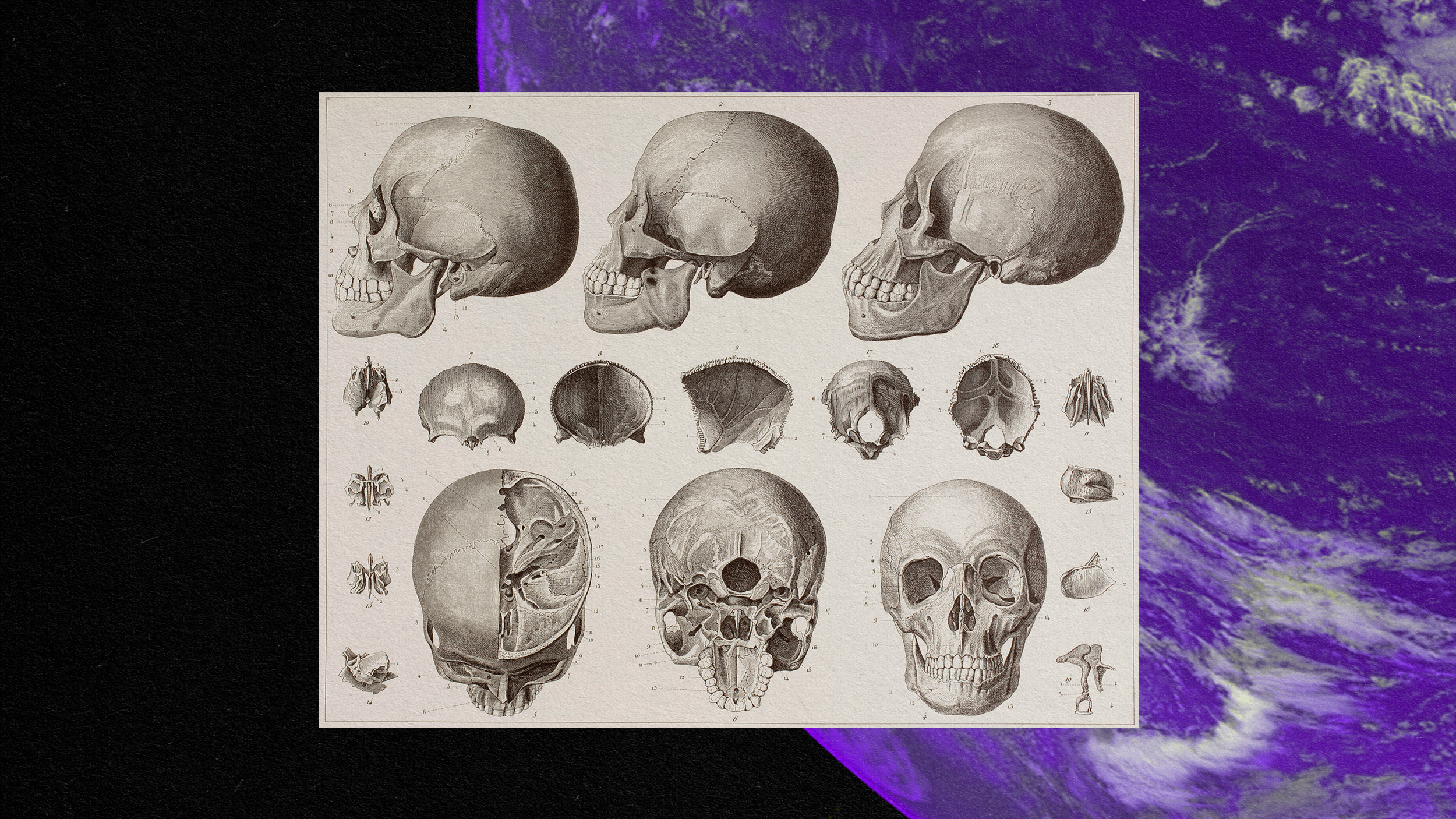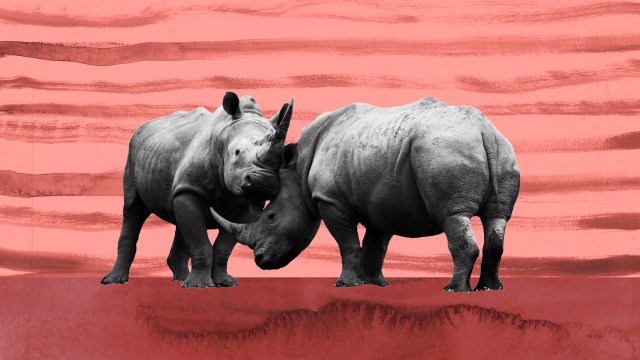Why did humans evolve curly scalp hair?

- Human hair is unique: Members of no other species have hairy heads on relatively hairless bodies.
- Traveling long distances in the hot sun put our ancestors’ massive brains at serious risk of heat damage.
- Compared to bald scalps or those with straight hair, curly hair is the most effective at keeping the head cool.
Human hair is unique in the mammalian world. Members of no other species have hairy heads on relatively hairless bodies. And with the exception of some domesticated animals, few have curly hair. At some point in human evolution, our distinct pattern of hairiness and hairlessness shaped who we are.
Scientists have long puzzled over why we lost most of our body hair. According to one theory, humans shed their body hair as a defense mechanism against parasites. Bare bodies also advertised an individual’s parasite-free status and could have served as a sexual signal for mates.
Another prominent theory suggests that hairless bodies were an adaptation that allowed our early ancestors to survive better in a savannah lifestyle. As our ancestors ditched the trees, hairless bodies allowed them to cool off more efficiently through sweating.
But why did scalp hair persist while we lost hair from almost every other part of our bodies? Traveling long distances in the hot sun put our ancestors’ massive brains at serious risk of heat damage. Though we associate hair (fur) with keeping animals warm in cold weather, hair can also have a protective effect against the sun. Now, research reported in a preprint on bioRxiv elaborates on the likely role that curly hair played in human evolution.
Curls are cool
For this study, the researchers used thermal manikins, human-like dummies that mimic how heat moves between the skin and the environment. They then placed wigs with straight, somewhat curled, and tightly curled hair on three sets of these manikins, leaving one set bald. In a climate-controlled wind tunnel, light from two bright overhead lamps replicated the radiation coming from the sun.
The researchers found that bald heads absorbed far more heat compared to heads with hair. Among the haired manikins, the tightly curled hair let in the least heat, followed by the somewhat curled hair and straight hair.
To simulate the impact of sweating, the researchers ran experiments with wet scalps and dry scalps. As the wet scalps dried, they had a cooling effect similar to sweating. For wet skin, all hair types lost heat due to evaporation. Once again, the tightly curled hair lost the most heat, followed by somewhat curled hair, straight hair, and bald heads.
The last factor was the wind, and the researchers experimented with three different wind speeds. As expected, the wind had a cooling effect on all heads. In the windiest situation, the researchers discovered that scalps with tightly curled hair had a net loss of heat (that is, they lost more heat than they gained from solar radiation).
Finally, the researchers observed that, as compared to heads with curly hair, bald heads had to sweat more to have a similar cooling effect. This shows that curly hair provides greater cooling while saving water, a double bonus — and perhaps helping to explain why humans evolved curly scalp hair.
A good hair day
Today, curly hair is far more common among African people as compared to other populations. It is possible that curls were vital to the survival of our early ancestors until some of them migrated to cooler climates and lost their curls.
While it is hard to say if all humans had curly hair at some point, this study shows that hairy heads on hairless bodies strike a fine balance between minimizing how hot the head becomes and maximizing the rest of the body’s ability to cool. Curly hair does a great job of minimizing heat gain from above, which helps keep the rest of the body cooler.
Why does curly hair have this effect? The researchers believe this is due to its unique shape. Unlike straight hair, curly hair doesn’t lay flat on the head. The more curly the hair is, the farther off it is from the scalp, and the less heat reaches it. This is similar to how the shaggy fur of camels keeps their skin protected from the heat.





